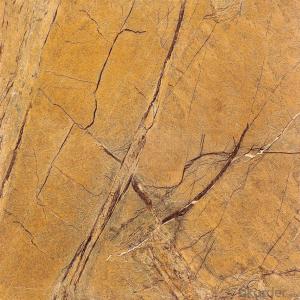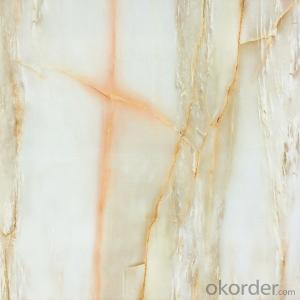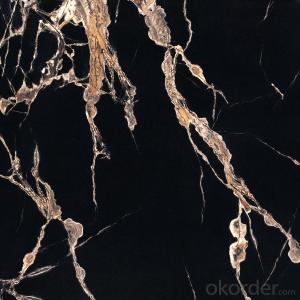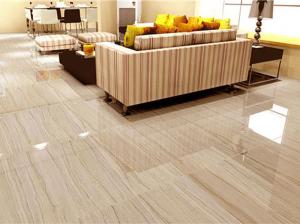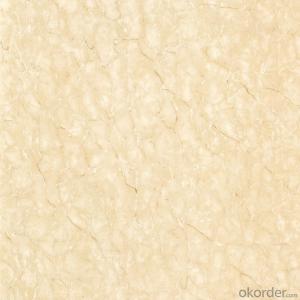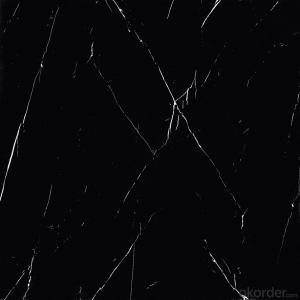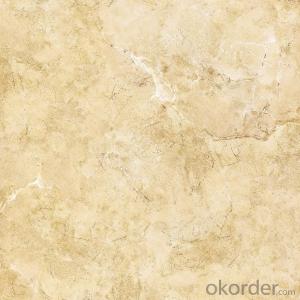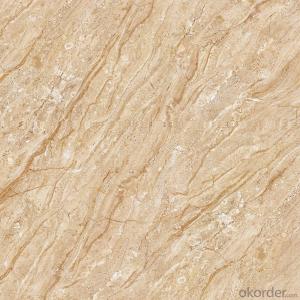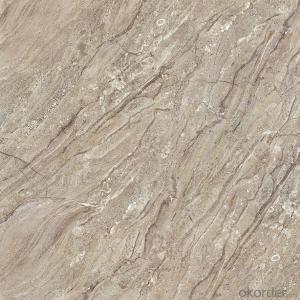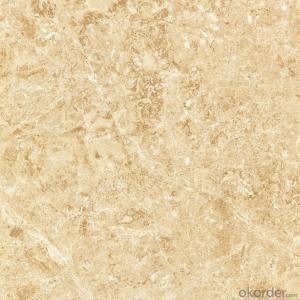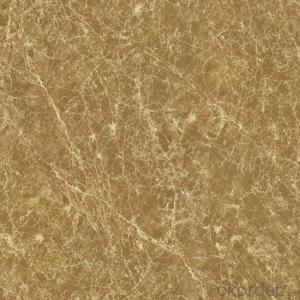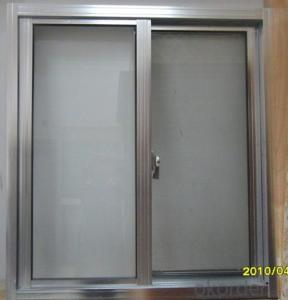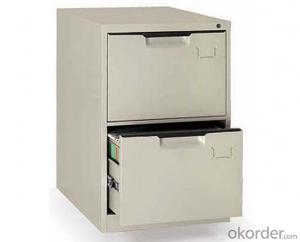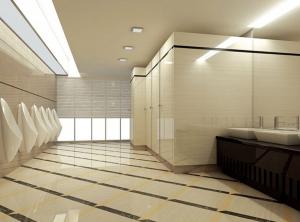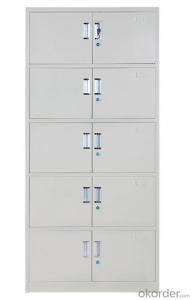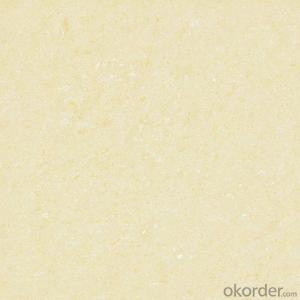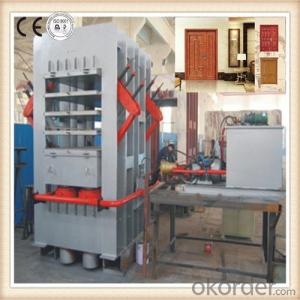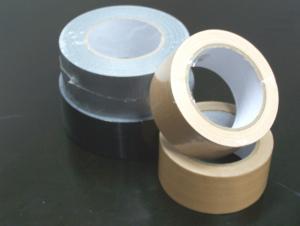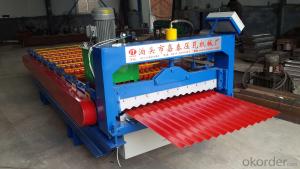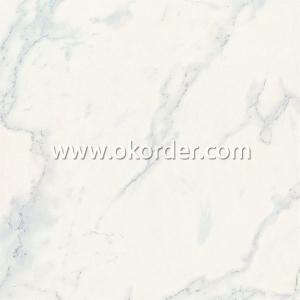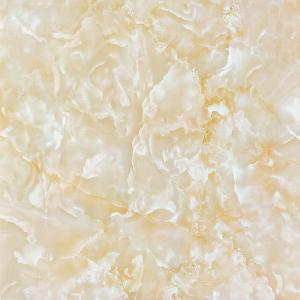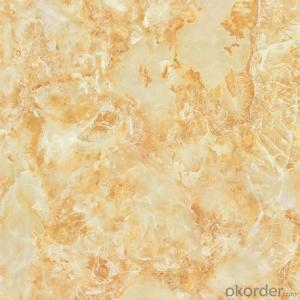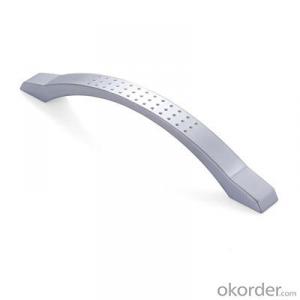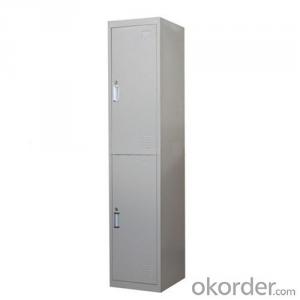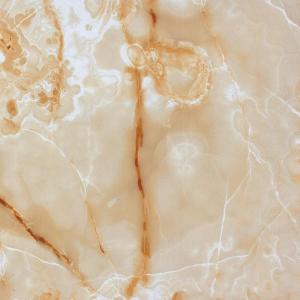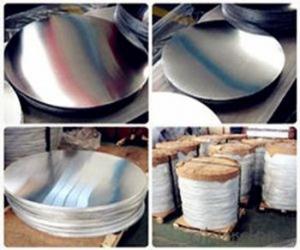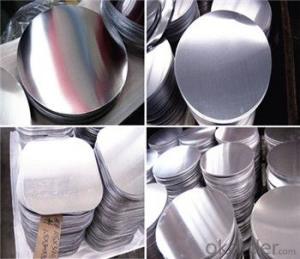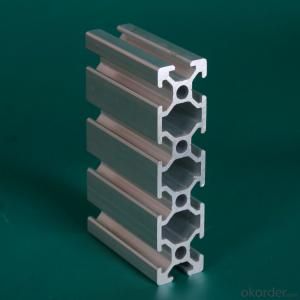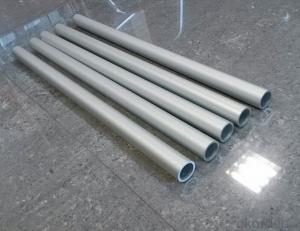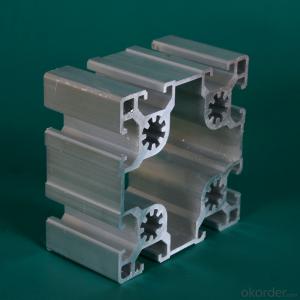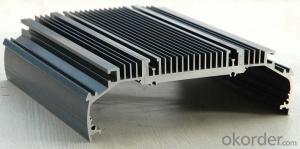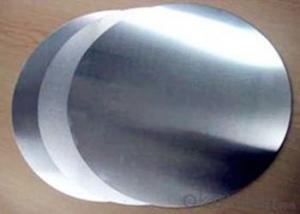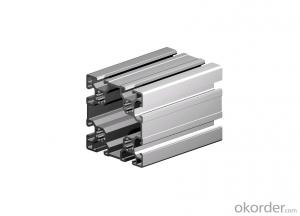Double Glazed Door Handles
Double Glazed Door Handles Related Searches
Iron Full Bed Frame Double Glazed Panels Contec Carpet TileHot Searches
Second Hand Scaffolding Poles For Sale Pedestal Fan With Water Spray Price High Mast Light Price List Philips High Mast Lighting Price List Bajaj High Mast Lighting Price List Bike Gps System Price In India Outdoor Led Screen Price Coronation Hot Water Bottle Price Price Of Water Cooler Solar Module Wholesale Price Evacuated Tube Solar Collectors Price Abb 50 Kw Solar Inverter Price Wholesale UPVC Pipe Price Philippines Mtn Lumos Solar Inverter Price Lorentz Solar Pumps Price Alcoa Aluminum Stock Price Today Aluminum Skirting Price Price Of Century Plywood 19Mm pvc resin price index Lasani Wood Sheet PriceDouble Glazed Door Handles Supplier & Manufacturer from China
Okorder.com is a professional Double Glazed Door Handles supplier & manufacturer, offers integrated one-stop services including real-time quoting and online cargo tracking. We are funded by CNBM Group, a Fortune 500 enterprise and the largest Double Glazed Door Handles firm in China.Hot Products
FAQ
- Green building projects can utilize aluminum profiles effectively. Aluminum, being an eco-friendly material, offers numerous advantages in the realm of green building. To begin with, aluminum's lightweight nature cuts down on transportation costs and energy consumption during construction. Furthermore, aluminum is entirely recyclable, ensuring that it can be reused indefinitely without any loss in quality. This characteristic makes aluminum an ideal option for green building projects as it aids in waste reduction and promotes a circular economy. Additionally, aluminum boasts a lengthy lifespan and necessitates minimal upkeep, further enhancing its sustainability. It is worth noting that aluminum profiles can easily be integrated with other green building materials like glass, enabling energy-efficient designs that maximize natural light and minimize the reliance on artificial lighting. In conclusion, aluminum profiles offer a sustainable and versatile choice for green building projects.
- There are several advantages of using aluminum profiles in the railway industry. Firstly, aluminum is lightweight yet durable, which helps reduce the overall weight of the train and improve fuel efficiency. Secondly, aluminum profiles offer excellent corrosion resistance, ensuring the longevity and low maintenance of the railway components. Additionally, aluminum profiles are highly recyclable, making them environmentally friendly. Moreover, aluminum's excellent thermal conductivity allows for efficient heat dissipation, ensuring the safety and performance of electrical systems in the railway industry. Lastly, aluminum profiles offer design flexibility, making it easier to create complex shapes and structures, ultimately enhancing the aesthetics and functionality of railway components.
- Yes, aluminum profiles can be used in modular construction systems. Aluminum is a lightweight and durable material that is well-suited for modular construction. It provides structural stability and can be easily fabricated into various shapes and sizes to meet specific design requirements. Aluminum profiles offer excellent corrosion resistance, making them ideal for both indoor and outdoor applications. They are also highly recyclable, making them an environmentally-friendly choice for modular construction systems. Overall, aluminum profiles offer numerous advantages in terms of strength, flexibility, and sustainability, making them a popular choice in modular construction.
- In aluminum processing, countersunk holes and via holes what difference?
- Through holes in the positioning hole, the screw hole, and the screw cap is countersunk hole sink don't come out.AskI can't understand you..Chasing the answerThe countersunk head is where the screw cap sinks and the through-hole is threaded to avoid the hole
- Yes, aluminum profiles can be used in the production of food processing equipment. Aluminum is a lightweight and versatile material that offers several advantages for this application. It is non-toxic and non-corrosive, making it suitable for use in food processing environments where hygiene is crucial. Aluminum profiles can be easily cleaned, have a high resistance to chemicals, and are not affected by moisture or humidity. Additionally, aluminum is a good conductor of heat, which is important for efficient food processing. It also has excellent structural strength and can be easily fabricated to create customized equipment. Overall, aluminum profiles are a popular choice in the food processing industry due to their durability, versatility, and hygienic properties.
- How are the tonnage grades of aluminum extrusion machines classified?
- Aluminum material is soft, so it is easy to produce the top injury, pressure injury, scratch and deformation in the stamping production. Besides the requirements on the die, the following points should be done in the stamping process:1, to make aluminum stamping, reducing non-performing rate, the first to do 5S, especially clean, including mold, punch table, pipeline and packaging materials must be no sharp debris, no dirt regularly clear rectification, the upper and lower mold must be clean without debris.2, found that product burr larger, must promptly send mold maintenance, and follow the results.3, aluminum parts easier to heat, and the backlog of hard together, so in the blanking, when the material needs to be coated with a little pressure on the oil (to heat dissipation, but also smooth to clear the material), and then stamping.4, punching more products need to do blow cleaning the mold surface, do product mould, keep clean, reduce top injury, injury must be found on top of the mold top point to find out and solve the injury problems to continue production.5, push the flat mold block will produce aluminum chip, so push block production every day, must be washed under the push block aluminum scrap.Our company with advanced production equipment and technology, relying on a strong technical team, and has established a perfect quality management system, ensure the reliable quality of products, products with first-class quality, reasonable price, sold in the city and region, sales performance is good, whether we are in a peer or in the guest account, have a high reputation.
- Yes, aluminum profiles can be used in the construction of modular office spaces. Aluminum profiles are lightweight, durable, and corrosion-resistant, making them an ideal choice for modular construction. They can be easily fabricated into various shapes and sizes, allowing for versatility in design. Additionally, aluminum profiles offer excellent thermal insulation properties and can be easily integrated with other building components, such as glass panels or insulation materials.
- Yes, aluminum profiles can be used in the construction of modular buildings. Aluminum profiles offer several advantages such as being lightweight, durable, corrosion-resistant, and easily recyclable. These profiles can be easily fabricated and assembled to create strong and stable modular structures. Additionally, aluminum profiles provide flexibility in design, allowing for customization and versatility in modular construction projects.

